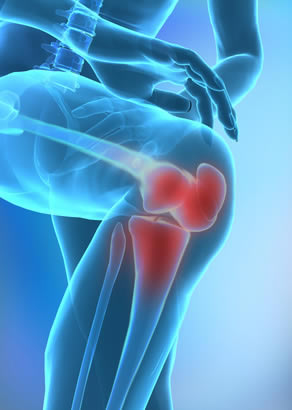Turmeric (Curcuma longa) is a plant grown in India and other tropical regions of Asia. Curcumin, a yellow pigment in the spice turmeric. Curcumin (turmeric) has a long history of use in Ayurvedic Medicine as a therapy for inflammatory problems. Turmeric constituents include the three curcuminoids; curcumin, demethoxycurcumin, and bisdemethoxycurcumin.
Curcumin and Inflammatory Diseases
Curcumin has proven to be useful in the prevention and therapy of a number of inflammatory diseases due to its anti-inflammatory effect. Over 500 references to articles on curcumin and turmeric have been reported in peer reviewed journals. Curcumin reduces many chemicals made by the body when inflammation is present, including the pain-producing substance COX-2. CoX-2 is an enzyme responsible for causing pain and inflammation. The curcuminoids inhibit 5-lipoxygenase (LOX) and cyclooxygenase (COX), resulting in a well-established anti-inflammatory action. NF-kappaB (Nuclear factor-kappa) acts like a switch to turn on genes that produce the body’s inflammatory responses. Curcumin has been shown to exert strong inhibitory effects on NF-kappaB activation within the body. The involvement of interleukin (IL)-12 in the pathogenesis of rheumatoid arthritis and myocarditis has been well established, and inhibition of IL-12 has reduced the clinical symptoms of these autoimmune diseases.
 Curcumin worked as well as a non-steroidal anti-inflammatory medication for cure of osteoarthritis of the knee in a study reported in the Aug 2009 edition of the Journal of “Alternative and Complementary Medicine“. A study by Italian scientists demonstrated that turmeric is a safe and effective herb for osteoarthritis. After 90 days of daily use of curcumin, compared to control group, participants manifested a 58% reduction in joint pain, stiffness and improve functionality of the joints as measured by the WOMAC (Western Ontario and McMaster Universities Arthritis Index) score.
Curcumin worked as well as a non-steroidal anti-inflammatory medication for cure of osteoarthritis of the knee in a study reported in the Aug 2009 edition of the Journal of “Alternative and Complementary Medicine“. A study by Italian scientists demonstrated that turmeric is a safe and effective herb for osteoarthritis. After 90 days of daily use of curcumin, compared to control group, participants manifested a 58% reduction in joint pain, stiffness and improve functionality of the joints as measured by the WOMAC (Western Ontario and McMaster Universities Arthritis Index) score.
In a study reported in Nov 2006 in the journal Arthritis and Rheumatology, curcumin prevented production of cyclooxygenase-2 (COX-2) and other chemicals that trigger the onset of inflammation. The natural anti-infammatory activity of curcumin is on a par with steroidal drugs and nonsteroidal drugs as indomethacin and phenylbutazone, which have adverse effects. A preliminary study that compared curcumin with a NSAID (nonsteroidal anti-inflammatory drug) in 18 rheumatoid arthritis patients found that improvements in morning stiffness, walking time, and joint swelling after 2 weeks of curcumin (1,200 mg/day) were comparable to those experienced after 2 weeks of phenylbutazone (NSAID) treatment (300 mg/day). In another study found curcumin substantially suppresses systemic inflammation markers MMP-3 by 48% to 99%, and MMP-13 by 45% to 97%. Investigators concluded curcumin could be beneficial for reducing cartilage degradation in arthritis.
The therapeutic effects of curcumin have been considered to be associated with its anti-inflammatory and antioxidant activity. The anti-inflammatory property of curcumin is most likely mediated through its ability to inhibit COX-2 (cyclooxygenase-2), LOX (lipoxygenase), and iNOS (inducible nitric oxide synthase). Improper upregulation of COX-2 and/or iNOS has been associated with the pathophysiology of some types of human cancer as well as inflammatory problems. According to study reported in 2007 in the journal “Advances in Experimental Biology“, curcumin has been shown to inhibit enzymes involved in the inflammatory process, such as COX-2, LOX and iNOS.
Leave a Reply